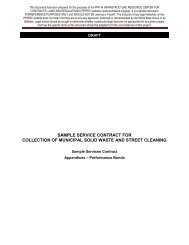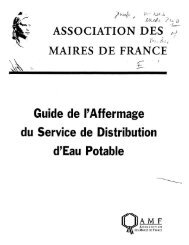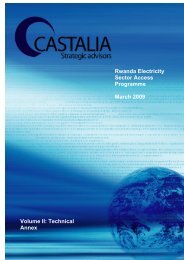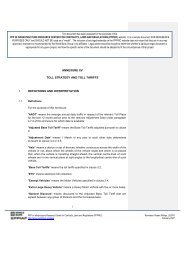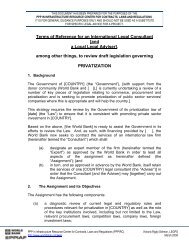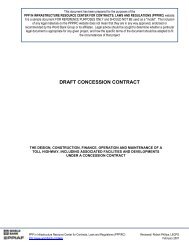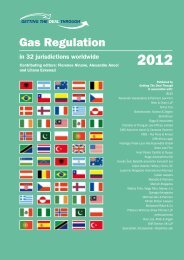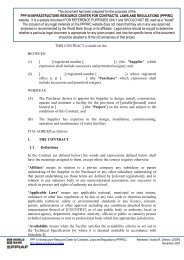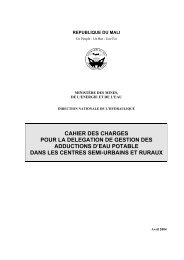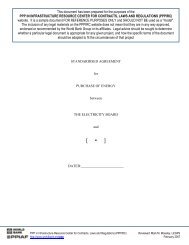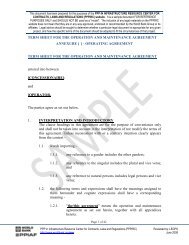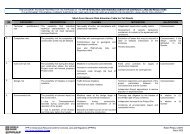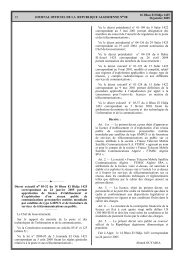Volume I: Investment Prospectus Rwanda Electricity Sector Access ...
Volume I: Investment Prospectus Rwanda Electricity Sector Access ...
Volume I: Investment Prospectus Rwanda Electricity Sector Access ...
- No tags were found...
You also want an ePaper? Increase the reach of your titles
YUMPU automatically turns print PDFs into web optimized ePapers that Google loves.
Opportunities also exist for the programme to lower the costs of low voltage (LV)reticulation. The electricity utility from Tunisia (STEG) has begun to provide technicalassistance to Electrogaz on low-cost options for LV reticulation, such as the use of singlephase and single-wire earth return (SWER) technology. It is expected that this approachcan be cost-effectively applied throughout parts of <strong>Rwanda</strong>.A component cost breakdown for MV line, MV/LV transformer substations, LV lines andservice connections is provided in the Technical Annex, Section 3. The main components ofthese capital works are materials (poles and wires), transport and labour.Typical component costs have been assessed based on recent local experience, together withthe current pilot project being undertaken in the northeast of the country (the STEG pilot).A review of experience with other electrification projects has also been completed to providecomparative benchmarks for the projected component targets. 20Figure 5.1 (below) illustrates how the components of MV line extensions are projected to fallover the EDPRS period. Initial savings of around 16 percent are expected to come from theeconomies of scale provided by the access programme, and the larger size of projectcontracts and material procurement lots. Components such as poles will continue to beimported until local manufacturing facilities can be established, which is reflected in theinitially lower cost savings on poles and transport costs. By 2012, cost reductions of around40 percent for MV and LV lines are factored into programme funding requirements. Thesesavings will result from the planned review of technical specifications, together withcontinued improvements in procurement practices. Projected costs also account for areduction in transport costs by 2012 due to the development of local industry and theconsequent reduction in import costs. Additional detail on modelled cost reductions isprovided in the Technical Annex, Section 3.Figure 5.1: Projected Costs pre kilometre of MV Line Compared to Recent Projects80,00070,000Cost per Kilometre of MV line (US$)60,00050,00040,00030,00020,000-16%-38%PolesWiresTransport10,000Labour0<strong>Rwanda</strong>(current)STEG Pilot(2008)2009 201220 ESMAP. “Technical and economic assessment of off-grid, mini-grid and grid electrification options.” World Bank,Washington, D.C. 2007.44



